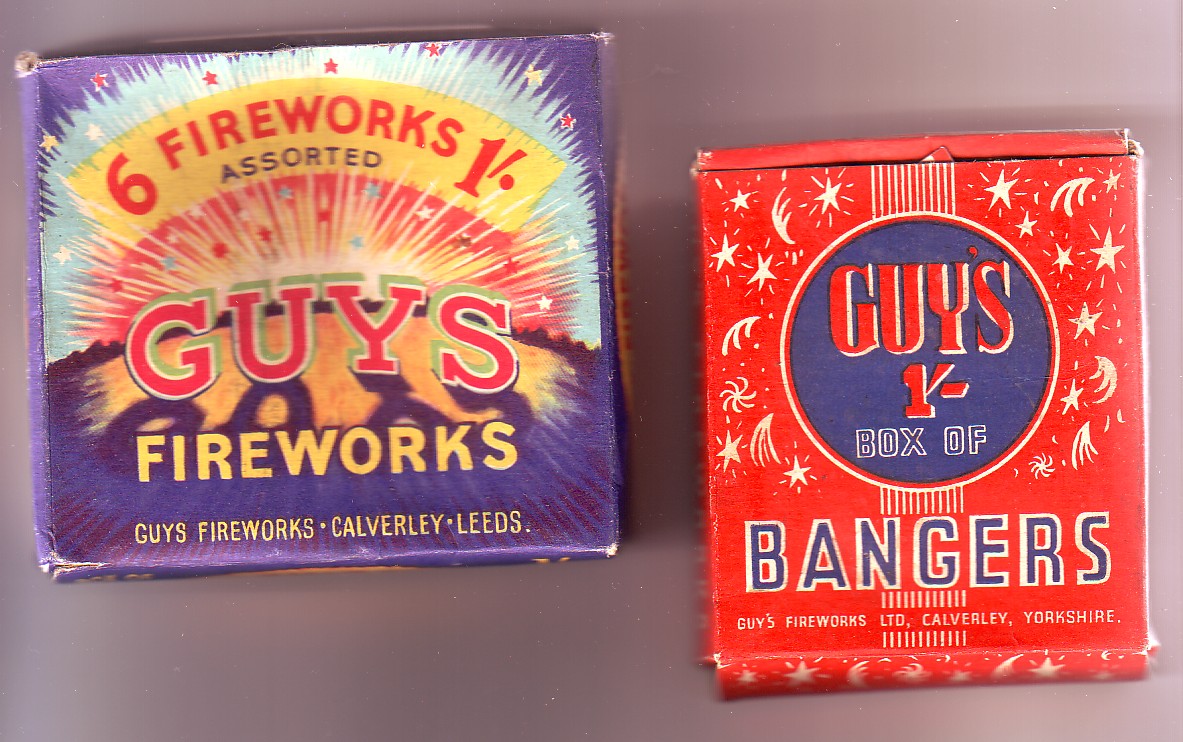
The Gunpowder Plot
The Gunpowder Plot of 1605, or the Powder Treason, as it was known at the time, was a failed attempt by a group of provincial English Catholics to kill King James I of England (also known as James VI of Scotland), his family, and most of the Protestant aristocracy in a single attack by blowing up the Houses of Parliament during the State Opening on the 5th of November 1605. The conspirators also planned to abduct the royal children, who were not present in Parliament and stir up support to incite a revolt.
The Gunpowder Plot was one of many unsuccessful assassination attempts on James I and followed the Main Plot and Bye Plot of 1603. It has been said by some that the government had some degree of involvement in the Gunpowder Plot; however, this has never been proved.
Robert Catesby (the real ringleader of the conspiracy) may have felt forced into the plot when hopes of Catholic toleration under King James I faded, which left many Catholics of the time disappointed and uncertain of the future. However, it is more likely Catesby simply envisaged a Catholic future for England brought about by his dastardly scheme. The plot was intended to begin a rebellion during which James' nine-year-old daughter (Princess Elizabeth) could be installed as a Catholic head of state and controlled by Catholic advisors.
The plot was masterminded from May 1604 by Robert Catesby. Other plotters included Thomas Winter, Robert Winter, Christopher Wright, Thomas Percy, John Wright, Ambrose Rookwood, Robert Keyes, Sir Everard Digby, Francis Tresham, and Catesby's servant, Thomas Bates. The explosives were prepared by Guy Fawkes, an explosives expert with considerable military experience, who had been introduced to Catesby by a man named Hugh Owen.
Continues at Epic Fireworks

Leave a comment